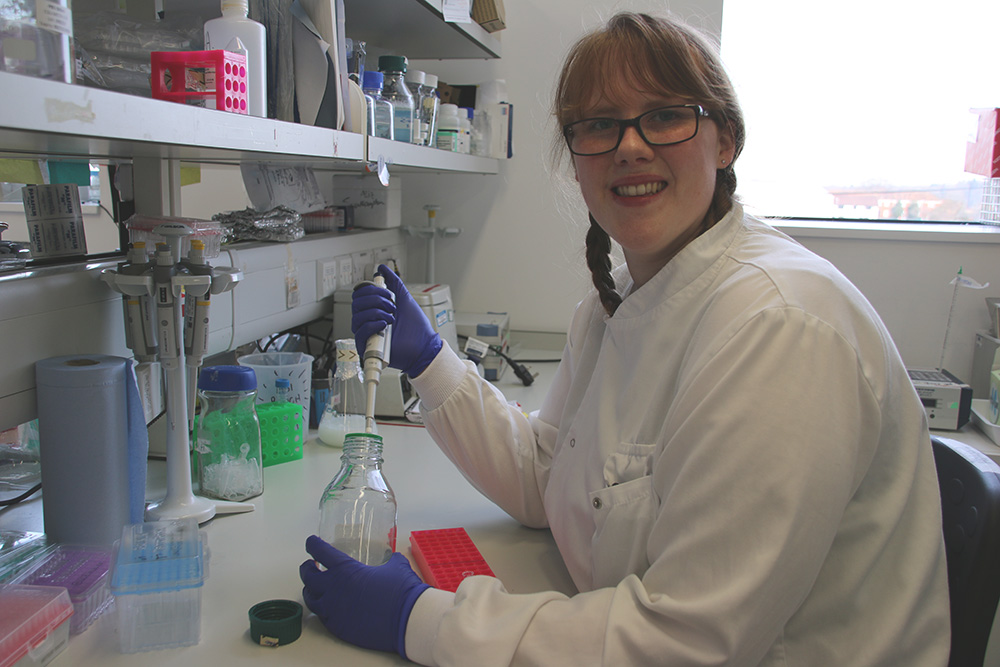New UK Centre for Veterinary Vaccine Innovation and Manufacturing set to improve global animal health
A joint initiative between the Biotechnology and Biological Sciences Research Council (BBSRC), part of UK Research and Innovation (UKRI), the Foreign, Commonwealth and Development Office (FCDO) and the Bill & Melinda Gates Foundation will see the creation of a new centre at The Pirbright Institute designed to accelerate the development of animal vaccines to combat emerging and urgent infectious diseases.






